#Stop-start
Chip Shortage: GM to Remove Stop-Start Tech From Trucks
Despite hearing murmurings that the semiconductor shortage is about to turn a corner, General Motors has recently decided to begin manufacturing full-size pickups without the sometimes obnoxious automatic stop-start feature (intended to improve fuel economy) as a way to cut back on chip usage.
While this saves many the trouble of having to manually deactivate the system each time they return to the vehicle, some will undoubtedly miss having it. Those traversing the countryside or racking up highway miles during their daily commute have little to gain from the feature. But testing has revealed that city dwellers constantly exposed to stop-and-go traffic actually have an excellent shot at lowering their fuel bill. The vehicles GM has selected can do without start-stop technologies reflects this, though the compensation it’s offering remains laughable.
VW Unveils New 10-Speed DSG, Other Technologies From Innovation Workshop
At its 2014 Innovation Workshop, Volkswagen unveiled an assortment of technologies, ranging from doors that open and close automatically, to 10-speed transmissions and more powerful diesels.
Toyota Unveils New Duo Of Fuel-Efficient Engines
Toyota has unveiled this week two new fuel-efficient gasoline engines that will serve as the basis for as many as 14 global powerplants by 2015, and boost economy by 10 percent.
UK Diesels 21 Percent Cleaner Than A Decade Ago
A study issued earlier this month by the Society of Motor Manufacturers and Traders has concluded that modern diesel engines in the United Kingdom are 21 percent cleaner than that were a decade earlier.
Volkswagen Passat BlueMotion Concept Unveiled Before Detroit Debut
Another day, another early unveiling prior to the 2014 Detroit Auto Show, this time from Volkswagen AG with their 42-mpg Passat BlueMotion Concept.
Start-Stop System: Now Available On YOUR Smartphone – Or is It a Stop-start System?
Some forty years in the making, start-stop technology has arrived on your smartphone. Volkswagen launched an app that stops YouTube videos automatically when you look away from the screen. And it starts again, when you look back. The app uses facial recognition technology to capture when the viewer is looking away, only to resume when eyeballs are back on screen. PWHS (People With Heightened Sensitivities) will not like it: Averting your eyes during a shocking scene on YouTube won’t help anymore. The price of progress, I guess.
But what are the origins of this startling technology?
Mazda: Breaking New Ground In Torque Steer?
Among the many new SKYACTIV technologies that Mazda plans on introducing to its global lineup, a unique start-stop system is one of the most important. Initially Mazda had decided not to bring its idle-stop system to the US as the EPA system didn’t measure a major improvement in efficiency, but ultimately the decision was made to make all of its vehicles idle-free by 2015. But an early test of a SKYACTIV idle-stop-equipped Mazda2 by Automotive News [sub]’s Hans Greimel reveals an interesting characteristic:
a funny thing happened when I paused for a red in Tokyo’s harbor district.
After a few moments of silence, the engine clicked on, as designed, to help keep the air conditioner going. OK, that’s normal. But as the engine jumped to life, so did the steering wheel. To my surprise, I found the engine’s start-up vibrations turning the wheel to-and-fro in my loose grip.
The Shocking Truth About Start-Stop Systems
TTAC has long seen stop-start systems (which turn off the engine at idle) as one of the many common-sense technologies that will continue to improve internal combustion engine efficiency at a relatively low cost. Outside of these digital pages, though, the systems have taken longer to gain awareness in the United States, resulting in the lagging adoption rate pictured in the chart above. Up to this point, we’ve assumed that this can largely be blamed on the EPA test’s unwillingness to acknowledge the urban-driving advantages of stop-start systems, pointing to Mazda’s protests on the matter as evidence that government intransigence was keeping the technology out of the market. But recently Mazda has announced that all of its vehicles will get stop-start as standard by 2015, and Ford has said that it will begin offering the technology on “some” four-cylinder models for the North American 2012 model-year… and the rest of Detroit isn’t far behind. So what’s the deal? The EPA hasn’t changed its test… why are stop-start systems finally starting to trickle over?
Thanks to new research obtained by TTAC from the cleantech investment fund Pacific Crest, we now have a better understanding of stop-start technology, and why we’re actually glad it’s taking so long for the systems to get here.
Ford Starts Stop-Start Next Year
Chart Of The Day: The Electric Future
Whither the electrified market? According to this slide from a recent Johnson Controls analyst presentation [full PDF here], 2m global units by 2015 seems to be one of the models the industry is working on. And compared to other 2015 estimates, like Pike Research’s 3.1m worldwide number, it’s a fairly conservative approach. Still, there’s a long road ahead for plug-in and even hybrid vehicles. Toyota’s Prius, by far the best selling hybrid nameplate in America, sold about 152k units in the last 12 months. All hybrid nameplates sold 27,800 units last month [per Edmunds], for an annualized rate (non-SAAR) of about 333,600 or about half of the estimated 2015 market. Why that’s a problem, after the jump…
Damn The EPA: Mazda Makes All Cars Idle Free
By 2015, no new car made by Mazda will stand around idle. By this year, Mazda plans to install its idling stop function on all of its new automobiles, says today’s Nikkei [sub]. Some domestic and European Mazda already have this feature. In a few years, it will be universal, including North America, where current EPA regulations discourage idle stop.
The Problem With Start-Stop Systems
For an industry under ever-increasing pressure from government emissions standards, start-stop technology (which shuts off engines under idling conditions) seems like an easy route to improved fuel efficiency. Cheaper and less complicated than a true hybrid system, a number of automakers from BMW to Kia are proliferating start-stop technology across their product lines without hybrid-like price premium. Since this technology represents a relatively easy, incremental efficiency upgrade, we’ve wondered why it hasn’t been made available stateside, where hybrids are making up a growing proportion of sales. Detroit’s executives seem to think it’s a good idea, and Mazda has even gone so far as to complain that EPA test results refusing to show the Japanese test-cycle’s 7-9 percent improvement is the main factor preventing it from bringing more stop-start equipped vehicles to the US. But there’s another issue preventing stop-start from becoming standard issue industry-wide, and it’s actually remarkably obvious.
No Stop-Start Diesel Wrangler After All
Mazda: EPA Test Keeps Stop-Start Out
Idle-stop technology, which turns off a car’s engine instead of idling, is available from a number of automakers in the European and Japanese markets. Mazda claims nearly half of its Mazda3 compacts and Biante minivans sold in Japan are ordered with the $500 option, as consumers seek out fuel economy improvement without the cost of a full hybrid system. So, why doesn’t Mazda sell idle-stop equipped cars in the US? According to the company, though Japanese fuel economy tests show stop-start improving efficiency by seven to nine percent “the EPA city-mode test cycle includes only one complete vehicle stop, so stop-start technology registers only a 0.1- or 0.2-mpg improvement.” And who would pay $500 for that?



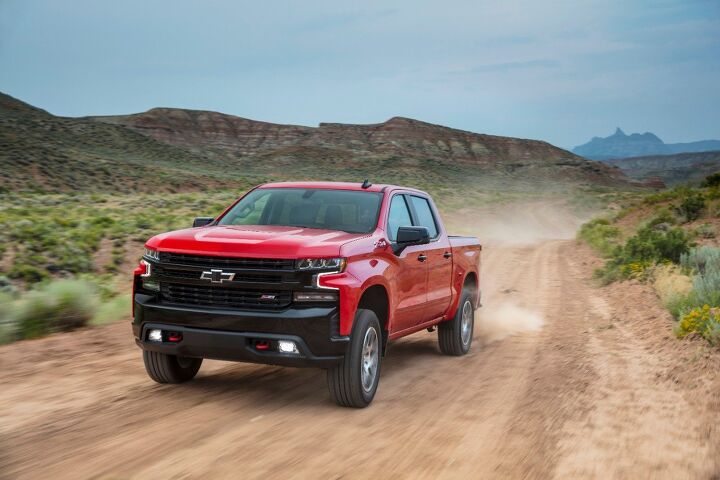
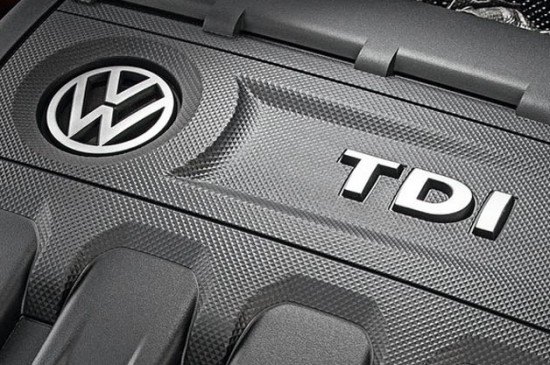


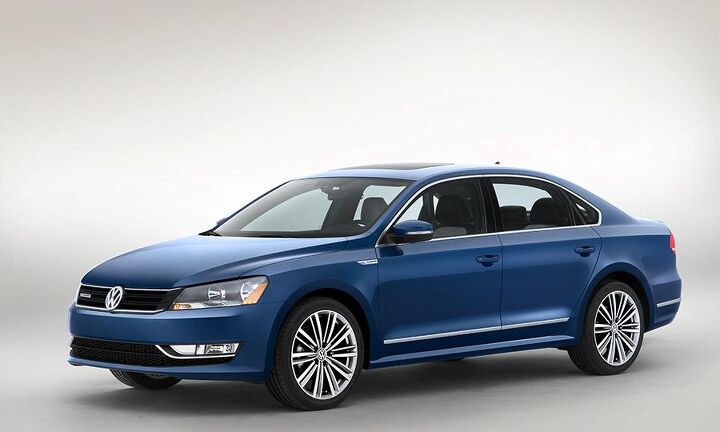
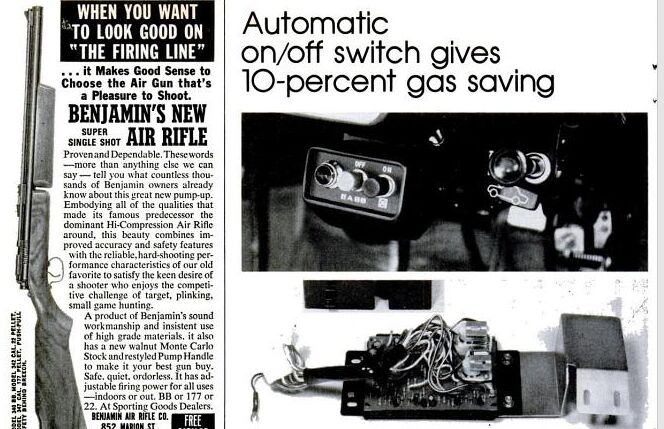
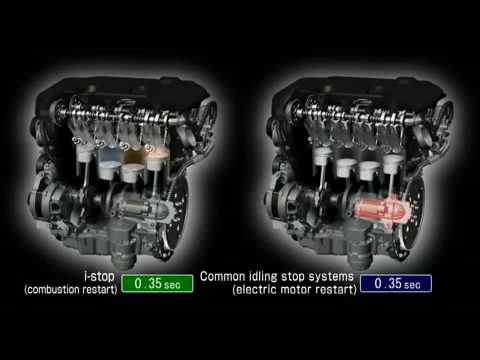

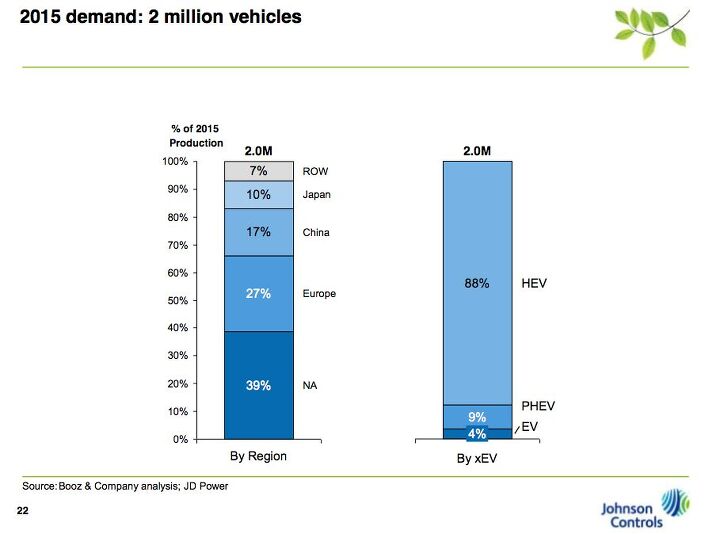
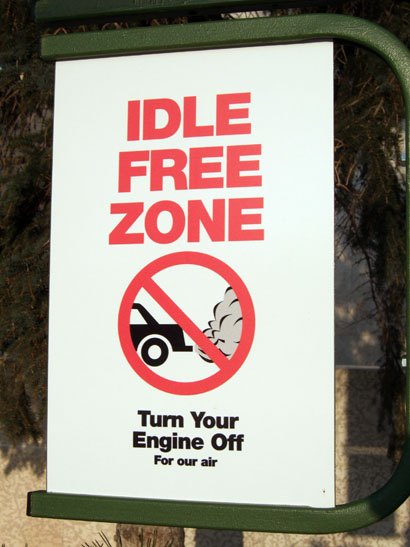















Recent Comments